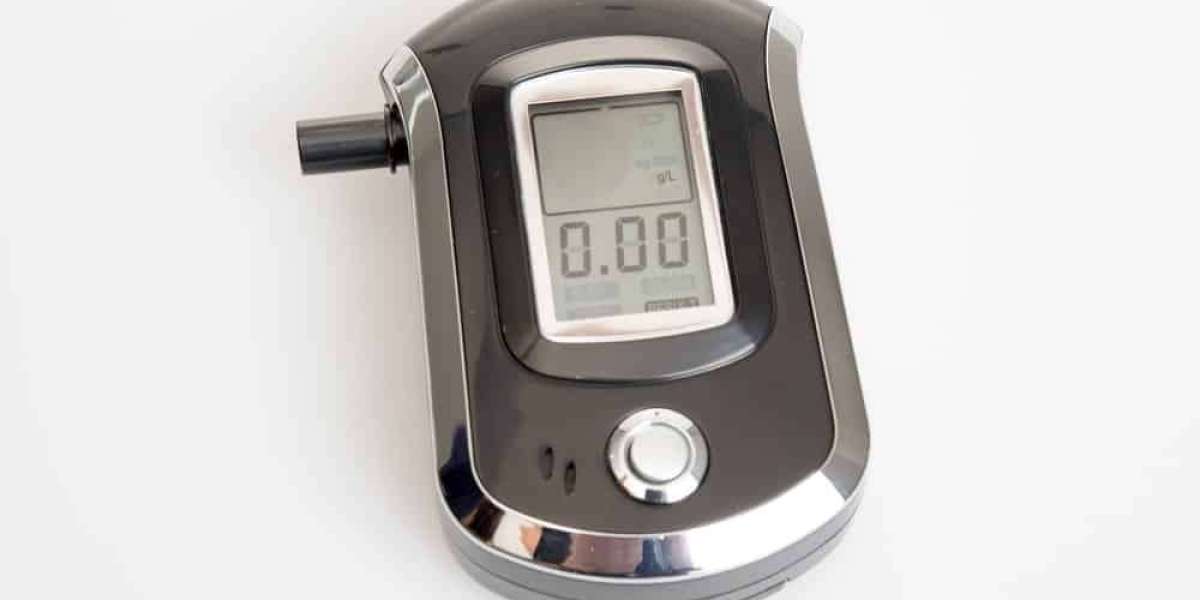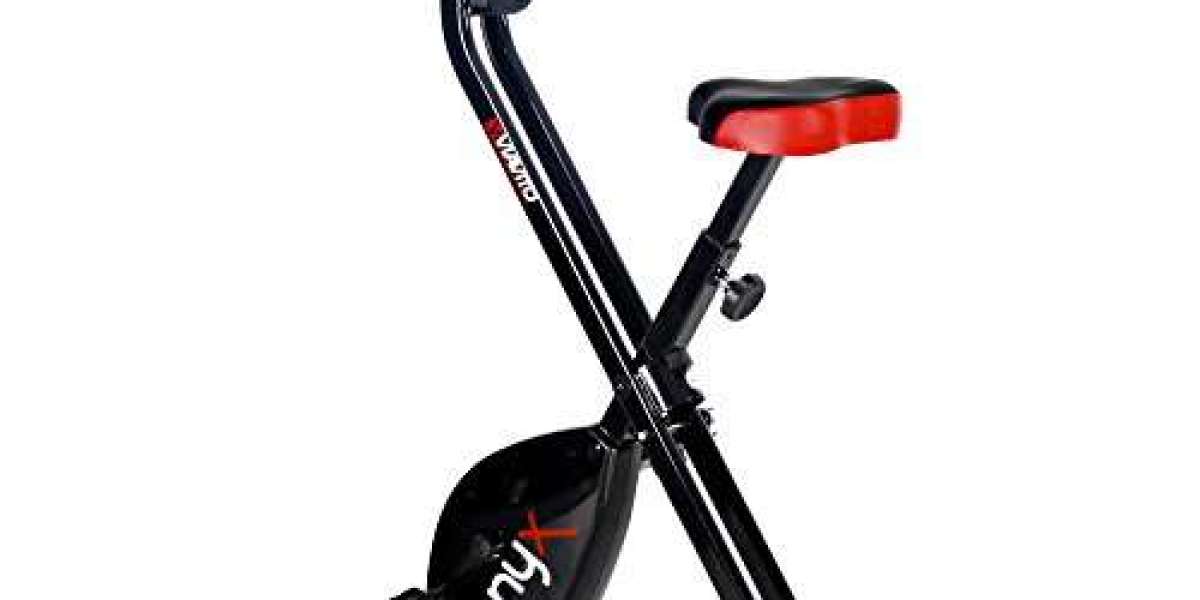The breath analyzer market has been steadily growing in recent years, fueled by increasing applications in healthcare, law enforcement, and personal wellness. While this market shows promising potential, there are various growth challenges that need to be addressed for sustained progress. These challenges range from technological limitations to regulatory hurdles, which could slow down the widespread adoption of breath analyzers across industries.
1. Technological Limitations
The accuracy and reliability of breath analyzers are crucial for their widespread adoption, particularly in law enforcement and medical applications. However, current devices often face challenges in providing consistent and precise results. Variations in environmental factors, such as temperature and humidity, can interfere with the sensors’ performance, leading to inaccurate readings. For instance, personal breath analyzers may show discrepancies when used in different settings or by different individuals, potentially compromising their effectiveness in critical situations. The lack of advanced technology in some models also limits their application beyond alcohol detection, with few devices capable of reliably detecting other substances like drugs or medical biomarkers. Developing more accurate, versatile, and robust technology is key to overcoming these limitations.
2. High Costs of Advanced Devices
The cost of advanced breath analyzers is a significant barrier to market growth, especially in healthcare settings. High-quality fuel cell-based analyzers, which offer better accuracy and reliability, come at a higher price point compared to other technologies like semiconductor sensors. While law enforcement agencies and larger enterprises can typically absorb the costs of high-end devices, smaller businesses or healthcare providers may struggle to justify such an investment. Furthermore, the high costs associated with research and development of new technologies contribute to the overall pricing, preventing the entry of new players into the market and slowing down the adoption rate.
3. Regulatory Compliance and Certification Issues
Another major challenge in the breath analyzer market is the need to comply with strict regulatory standards and obtain necessary certifications. Regulatory bodies such as the U.S. Food and Drug Administration (FDA) and the European Medicines Agency (EMA) impose stringent guidelines for the approval of medical-grade devices. This includes thorough testing to ensure safety and efficacy, which can delay the time to market. Manufacturers also have to navigate the complex regulatory environments across various regions, which can add additional layers of complexity and cost. Non-compliance with these regulations can result in significant setbacks, legal issues, or recalls, hindering the growth of the market.
4. Consumer Awareness and Adoption
Despite the potential benefits of breath analyzers in health monitoring and alcohol detection, consumer awareness remains limited, especially in non-medical applications. Many individuals are unaware of the availability of affordable, portable breath analyzers that can be used at home to monitor alcohol consumption or track other health-related metrics. Even when consumers are aware of these devices, concerns about their reliability and ease of use may prevent widespread adoption. As a result, many individuals still rely on traditional methods of alcohol testing or health tracking, which are often less convenient and less accurate. Increased efforts in educating consumers and improving device usability could help increase adoption in the personal market segment.
5. Competition and Market Fragmentation
The breath analyzer market is highly competitive, with a wide range of players offering different types of devices. From law enforcement-grade breathalyzers to personal-use models, the sheer variety of options can make it difficult for consumers to choose the right product. Additionally, price competition is intense, with low-cost alternatives flooding the market. This fragmentation often results in confusion among buyers, who may opt for cheaper, less reliable devices due to cost constraints. Manufacturers need to differentiate their products by focusing on technological innovation, accuracy, and brand reputation to build consumer trust and loyalty. This competitive landscape presents a challenge for both established and emerging players in the market.
6. Data Privacy and Security Concerns
As breath analyzers become more advanced, especially with the incorporation of mobile apps and cloud-based data storage, concerns about data privacy and security have become a pressing issue. Many modern devices now store user data, such as alcohol consumption levels or health-related information, which can be susceptible to hacking or unauthorized access. This presents potential privacy risks for users, especially in sensitive contexts like medical diagnostics or personal wellness monitoring. To gain consumer trust and avoid regulatory complications, manufacturers must implement robust data protection measures and ensure compliance with data privacy laws.
7. Limited Applications Beyond Alcohol Detection
While the primary application of breath analyzers has traditionally been alcohol detection, there are limited devices capable of expanding their use to other areas of health monitoring, such as detecting early signs of diseases like cancer, diabetes, or metabolic disorders. While research is ongoing, developing breath analyzers that can reliably detect these conditions requires overcoming significant scientific and technological barriers. Until such advancements are made, the breath analyzer market will remain largely dependent on alcohol-related applications, limiting its growth potential in the medical field.
8. Lack of Standardization in Device Quality
The lack of standardization in the quality of breath analyzers further complicates the growth of the market. While some high-end models offer accurate results, many cheaper versions do not meet the necessary standards for clinical or law enforcement use. The absence of industry-wide standards makes it difficult for consumers and regulatory bodies to assess the quality and reliability of devices. Establishing clear guidelines for manufacturing and performance benchmarks could help standardize the market, ensuring that all devices meet the minimum requirements for accuracy and reliability.













